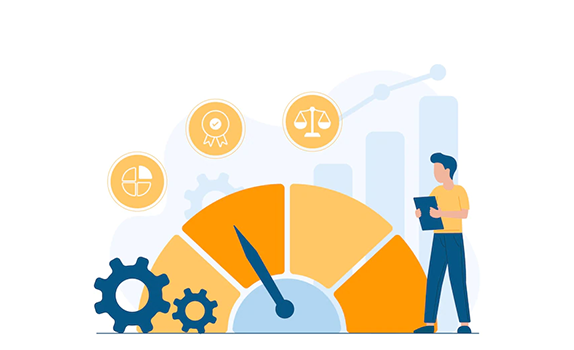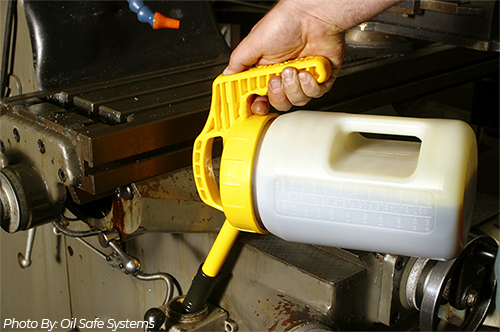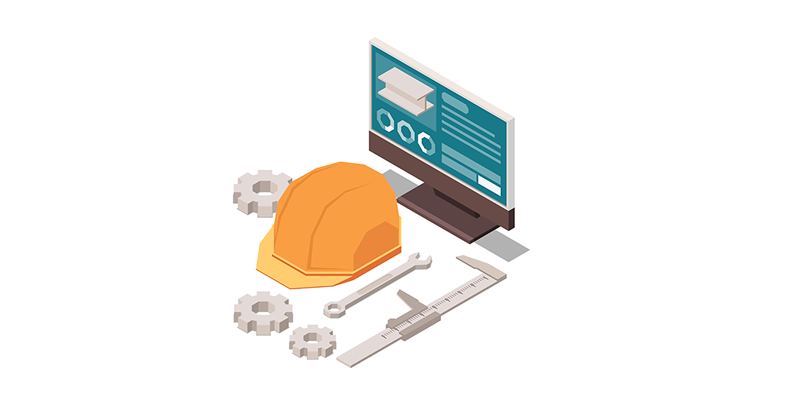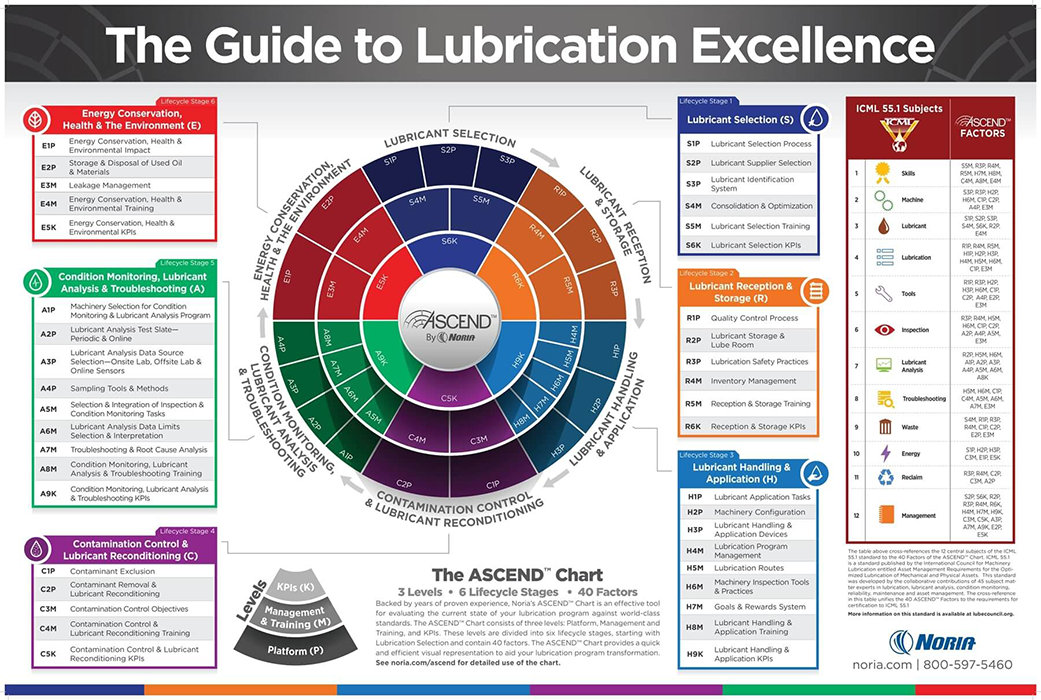Lubrication is essential, but it may be a difficult task. How often should you grease your machine? Is the atmosphere damp or dry, hot or cold, clean or filthy? How quickly does the machinery move? These and other issues must be answered before the proper lubrication program can be established.
Lubrication is one of the most important factors in ensuring the uptime of your plant and equipment. There are a number of key procedures that may be taken at each facility to improve equipment dependability. The lubrication best practices listed below can assist organizations in achieving the optimum maintenance cost-to-reliability ratio.

1. Benchmark Assessment
Benchmarking is the process of determining what the best level of performance is in a particular organization, a certain program, or completely other industry.
2. Labeling
A labeling system is required to guarantee that the correct lubricant is applied to a piece of equipment. This is due to the fact that several different types of lubricants are employed in large facilities. Because lubricants are complicated chemical compositions that are frequently incompatible, a proper labeling system is required to minimize lubricant mixing mistakes and to meet industry requirements, particularly in the food-grade business.

3. Cleanliness Management
Component wear and equipment failure are frequently caused by oil contamination. As a result, only clean lubricants should be utilized in the equipment's functioning. Lubricants are kept safely, clean, and are moved in a contamination-free environment thanks to cleanliness-control centers.
The following are some of the best techniques for maintaining cleanliness:
- Only utilize containers that are completely sealed.
- Large ontainers should have air breathers installed to prevent the intrusion of moisture and pollutants from the atmosphere.
- Filter oil to ensure that it is completely clean before use.
- Use only contamination-free containers, that is, containers that are not exposed to contaminants and not used as a container for other chemicals beforehand.
4. Lubricant Dispensing
Contamination might enter the equipment through open and filthy dispensing containers. Safe, clean, and closed dispensing equipment is required. It should also be effective, simple to use, and tailored to the applications being filled out. Make sure the containers are clearly labeled so that no one makes a mistake, regardless of who uses them.
5. Lubrication Equipment
The bulk of lubrication duties involves adding grease to a machine. As a result, having effective and practical tools is crucial. To guarantee that the proper lubrication gets into the right application, grease guns should be color-coded. In this case, color-coded grease guns with one color for each type of grease can be useful.
6. Contamination Management
It's also crucial to keep oil pollution out of the equipment. ISO 4406 is the worldwide standard for measuring this. Oil is cleaned using online and offline filtration devices, while the lubricant is protected using breathers or air conditioners.

7. Oil Analysis
An essential aspect of a lubrication strategy is to analyze the oil in an application. The oil can be kept at the proper cleanliness levels by measuring against ISO 4406 criteria. A chemical study of the oil will also establish if it is suitable for future usage.

8. Information Management
Information management is becoming increasingly important in business today, particularly in the maintenance sector. Maintenance employees must be versed in the advantages of effective lubrication procedures. Furthermore, when the benefits of using reliability-based maintenance procedures become more widely recognized, employees' basic training should be upgraded to include the dependability practices used by best-practice firms.
CRE’s Lubrication Program Development
Building and optimizing your lubrication program is not an easy task. Apart from the difficulty in consolidating your program, building your process, and identifying where to start, you also have to contend with culture change. Noria, a CRE Philippines partner, created a comprehensive lubrication program that includes a thorough strategy for all lubrication-related work processes and procedures. With Lubrication Program Development (LPD) we will assist you in determining how much your plant's inadequate lubrication procedures cost each year. From benchmarking, building a business case, to training your team, we will also be helping your team build a culture of lubrication excellence that is sustainable and effective.
Source: machinerylubrication.com



